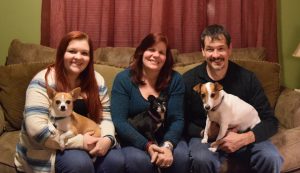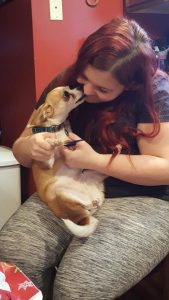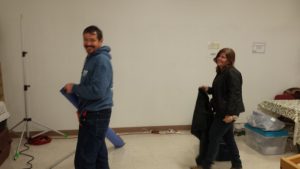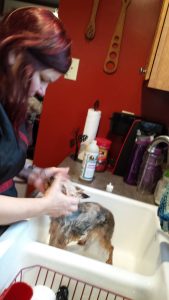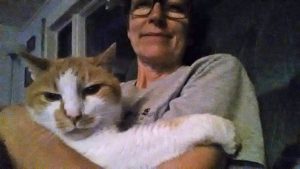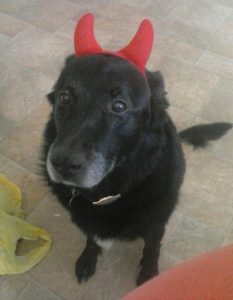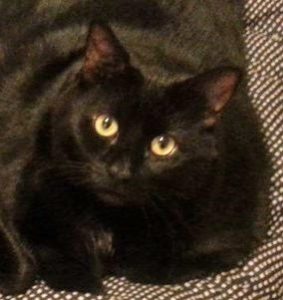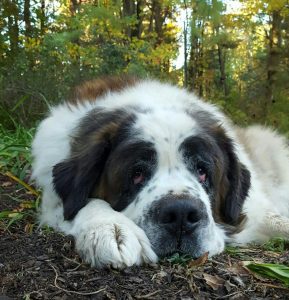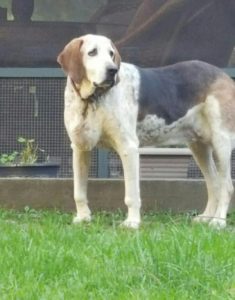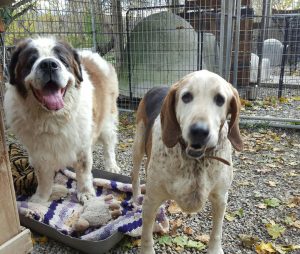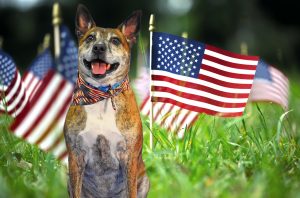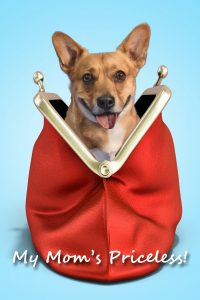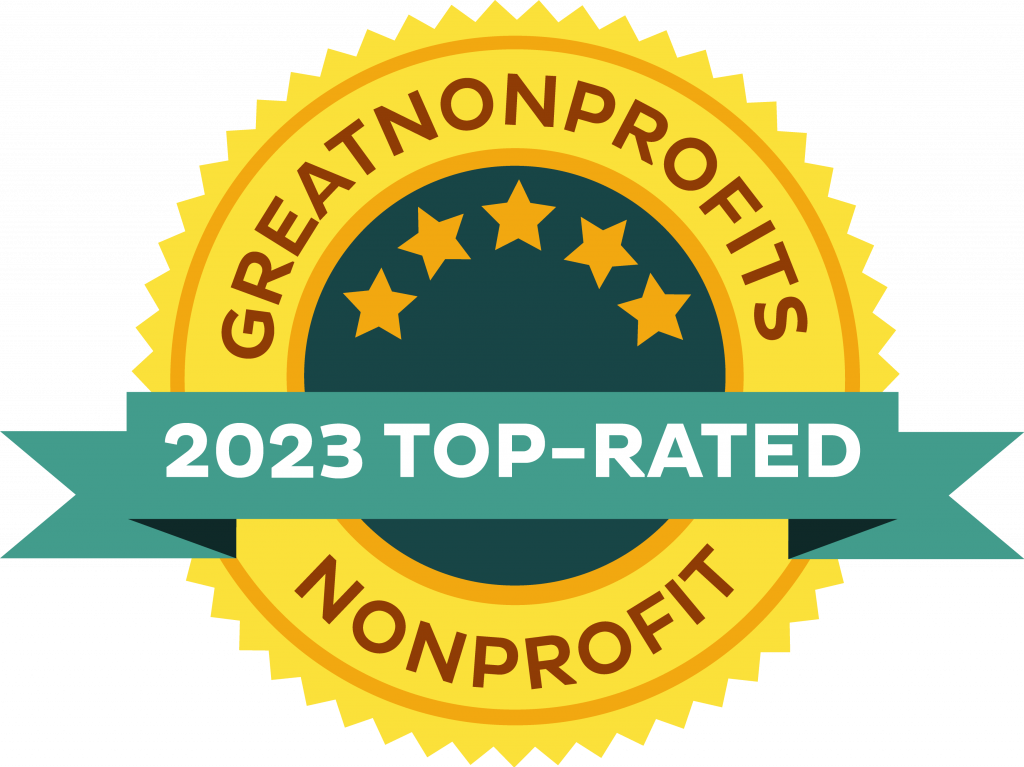A Family Affair
Meet Marisa Adler, her Mom, Deb Williams, and Deb’s partner, Steve Bonnier. And while you’re at it, you might as well meet Aria, Echo and Mollie, because these dogs are a huge part of this wonderful family’s world. When you walk into their home, you can’t help but notice what a life-centric place it is. In addition to décor focused on Deb’s fetish (pinecones) there are family photos hung everywhere. In a side room, designer dog collars, sweaters and dresses…..a color-coordinated wardrode for each dog and each day, hang neatly, ready to be deployed. Deb’s latest crafts project may lie on the kitchen table awaiting the arrival of local friends who will join her for a day of crafting and one kid or another may be pouring a drink from the fridge or putting a load of laundry in the washer. It feels good to be here and everyone who enters, two-legged and four-legged, wants to stay.
This family is a powerhouse for TASP. Multitalented, all of them, they are an essential component of TASP’s daily operations. Need a nervous foster pet groomed? No worries, Deb runs Tub 64: her very own pet grooming salon in Waterford. Need to staff a Fantasy Pet Photo clinic? No worries, Steve can unpack, set up, shoot photos, tear down and transport the whole show. Deb is now an experienced Photoshop operator, cranking out beautiful pet photos at the computer bench and Marisa’s nursing training at Russell Sage College pays off when we need careful documenting of the sign-in and financial transactions for the photos. Marisa’s also an ace at getting a fussy dog to settle for that perfect pose, and Steve’s carpentry and mechanical experience are welcome on the photo set and at TASP’s storage facility, where tag sale items need refurbishing and the storage buildings need upkeep.

